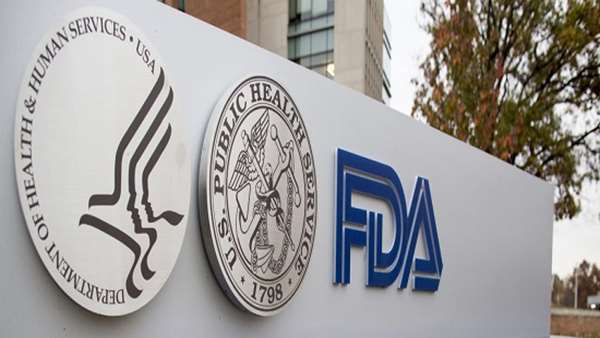FDA and the future of medicine: Advancing regenerative medicine options for patients with safety and science at the forefront
On November 16, 2017, the US FDA announced a policy framework for regenerative medicine, releasing two final and two draft guidance documents. These documents reflect the agency’s commitment to modernize the system to incorporate promising cell and gene therapies and provide a structure for these options to be introduced in a fast, effective, and safe manner. The new documents build on several provisions included in the 21st Century Cures Act.
On November 16, 2017, the US FDA announced a policy framework for regenerative medicine, releasing two final and two draft guidance documents. These documents reflect the agency’s commitment to modernize the system to incorporate promising cell and gene therapies and provide a structure for these options to be introduced in a fast, effective, and safe manner. The new documents build on several provisions included in the 21st Century Cures Act.
There have been tremendous advances in regenerative medicine over the past few years. Recently, the FDA approved two therapies based on a patient’s own genetically modified T-cells — Novartis’ Kymriah (tisagenlecleucel) and Kite/Gilead’s Yescarta (axicabtagene ciloleucel). Such therapies present unique challenges to researchers, healthcare providers, and regulators. The new guidelines aim to provide a clear pathway for innovation, while ensuring safety and efficacy for patients.
“This is no longer the stuff of science fiction,” FDA commissioner Scott Gottlieb said in a statement. “This is the practical promise of modern applications of regenerative medicine.” Products that have been marketed in the past before these regulations will now have to demonstrate their efficacy through this new framework to ensure patient safety.
The two final guidance documents clarify the agency’s risk-based criteria that manufacturers must use to determine whether a product is subject to the FDA’s premarket review. One final guidance document describes when cell and tissue-based products removed from and implanted into the same individual are exempt from established regulations. The second final guidance clarifies the agency’s definitions of “minimal manipulation” and “homologous use.”
The two draft documents provide information to spur development and access to innovative regenerative therapies. One draft guidance addresses how the FDA intends to simplify and streamline its requirements for devices used in the recovery, isolation, and delivery of regenerative medicine. The second draft guidance provides recommendations for expedited development and review to sponsors of regenerative medicine therapies for serious conditions. These expedited options include: Regenerative Medicine Advanced Therapy (RMAT designation), Priority Review, and Accelerated Approval. Both draft guidance documents will have 90-day comment periods.
The announcement was welcomed by the community at-large. The Alliance for Regenerative Medicine (ARM), described the FDA’s actions as “a significantly positive development for patients and their families.” The statement continued, “These guidances are further evidence of the FDA’s commitment to ensuring safe and effective treatments reach patients as quickly possible, while modernizing the agency’s regulatory approach to take into account the innovative nature of regenerative medicine products.”
Reference: https://www.fda.gov/NewsEvents/Newsroom/PressAnnouncements/ucm585345.htm





ارسال به دوستان